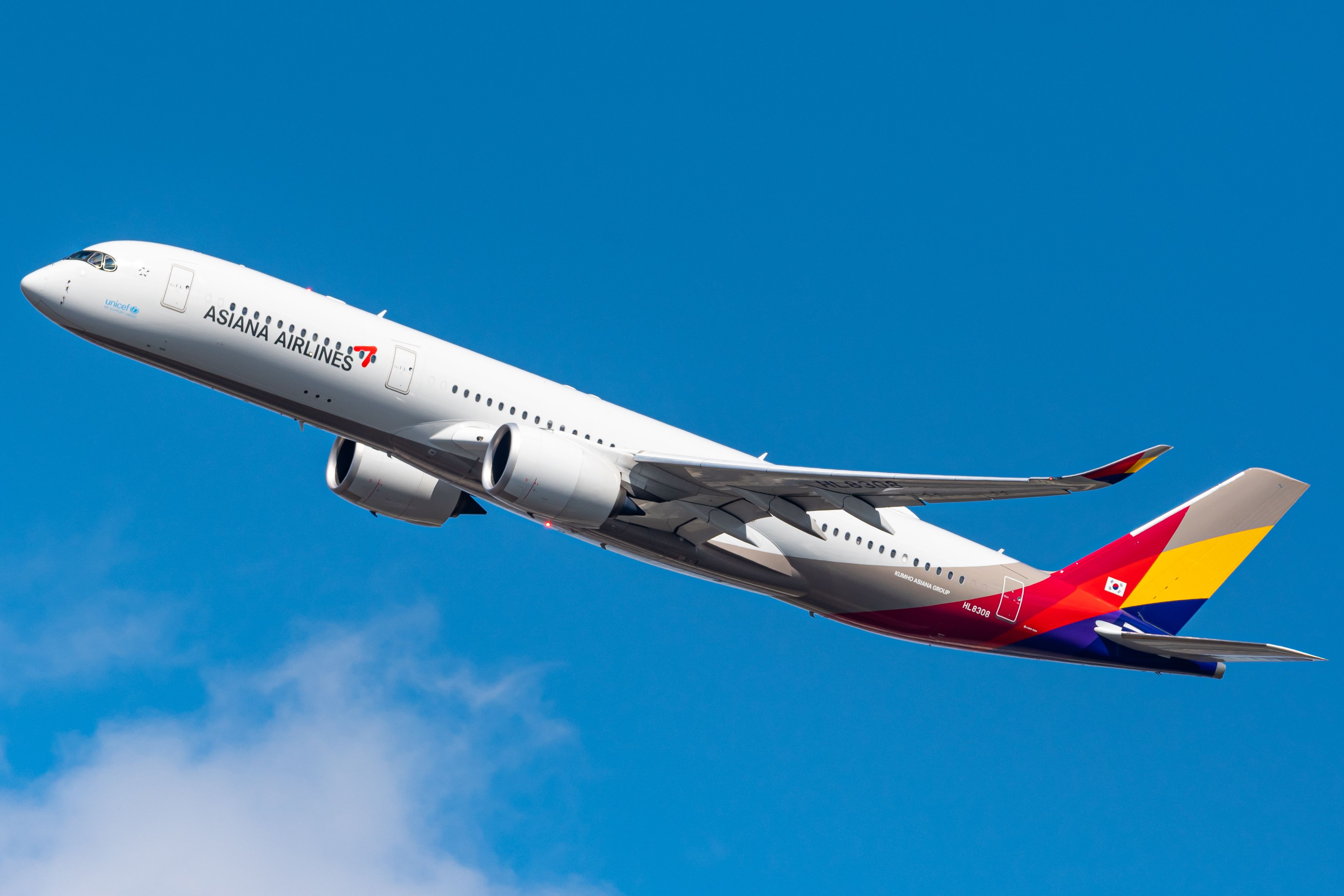Before the pandemic, Asia-Pacific was the world's fastest-growing region for commercial aviation. Now that border restrictions have significantly eased (although not yet in China), the region's international travel is rapidly gathering strength.
The Association of Asia Pacific Airlines (AAPA) is the trade association for scheduled international airlines based in the Asia-Pacific region. Headquartered in Kuala Lumpur, Malaysia, it compiles aggregated traffic data from 40 Asia-Pacific-based carriers. Some of those are Air India, China Airlines, China Southern, Cathay Pacific, Qantas, Singapore Airlines, Asiana, and Japan Airlines.
Asia-Pacific is building but there is so much more it can add
Figures released yesterday by AAPA, show international traffic in May was five times higher than the previous month. In May, 7.33 million passengers were carried on international scheduled services in the Asia-Pacific region, compared to only 1.3 million in April. The May growth is very encouraging but, to put things into perspective, it pales in comparison to the 30.4 million passengers carried in May 2019.
For the period January to May this year, the region carried 21.9 million international travelers, up from 5.9 million last year. For the same period in 2019, it carried 155.1 million, a 5% growth over 2018's 147.9 million. In 2018, there were 356.6 million international passengers carried in Asia-Pacific, compared to 70 million in 2020 and 16.7 million last year.
Commenting on the figures, AAPA director general Subhas Menon told Simple Flying today:
"Strong growth is seen in all places which are fully open and have no quarantine or testing requirements. Greater China is still closed to tourists while Japan and [South] Korea are opening up tentatively, although pre-departure and post-arrival testing is still required by South Korea. Singapore is only an international market and is growing strongly because there are no restrictions going into Singapore. Domestic markets in ASEAN are going great guns whereas in places that are closed even domestic markets are soft."
ASEAN is the Association of Southeast Asian Nations, a political and economic union of member states in Southeast Asia. Its member states are Brunei, Cambodia, Indonesia, Myanmar, Lao PDR, Malaysia, Philippines, Singapore, Thailand, and Viet Nam. Due to COVID, most, if not all, nations in Asia-Pacific endured long and severe lockdowns that saw borders firmly closed. International air travel came to a standstill while domestic air services were also severely limited. However, now that restrictions are rapidly disappearing across the region demand is coming back strongly.
Menon says it's vital to keep costs under control, particularly escalating fuel prices, higher labor costs, and maintenance expenditure. These rising costs are on top of the substantially heavier debt burdens airlines are carrying, and threaten to undermine the fragile financial recovery. He adds that: "Airlines face increasing operational constraints as the air-transport system ecosystem strives to keep up with the ramp-up in demand."
There is a lot of capacity missing from China and Japan
This week, schedules analyzer OAG released its June 27, 2022, capacity report, which shows global airline capacity for the week at 99.9 million seats. OAG categorizes Asia-Pacific as four regions - Northeast, Southeast, and South Asia plus the Southwest Pacific. Those four combined as Asia-Pacific show a capacity for the week of just under 33 million seats, making it the largest region in the world. In the same week in 2019, the Asia-Pacific seat capacity was 42.2 million, nearly 30% more than this week's capacity.
It's highly probable that at some point, China, Japan, and South Korea will end border restrictions and their passengers will exceed pre-pandemic levels. This week there are around 16.6 million seats missing globally, with more than half of those in Asia-Pacific. Looking at the cancellations and airport chaos of today, how will it look when another 17 million seats are filled?
Discover more aviation news here.
Source: OAG

.jpeg)

.jpg)